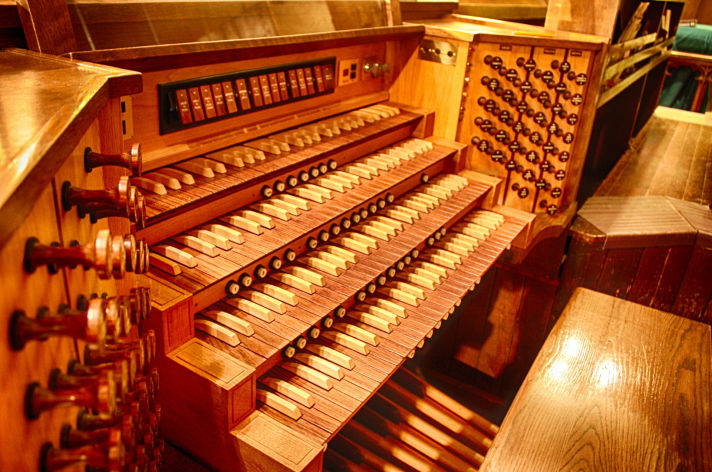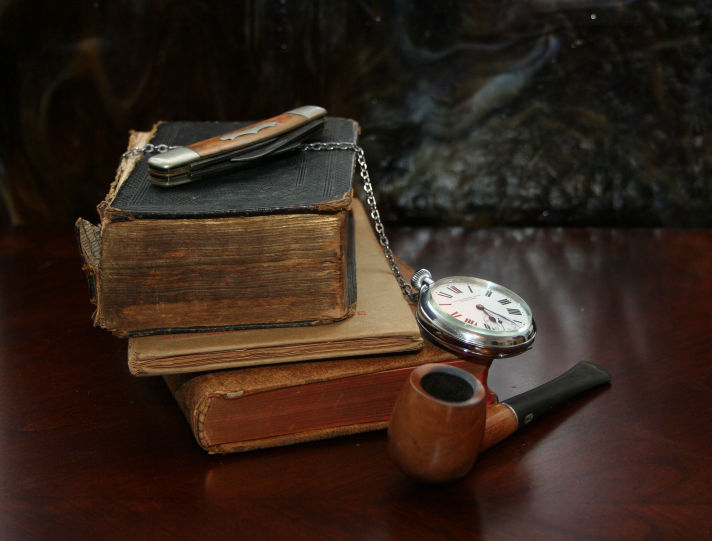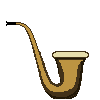A Pipe Smokers Primer





Our goal for this web site is to reflect the personality of our club and members while offering fun and interesting pages for both the beginner and seasoned pipe smoker.
Introduction:
Smoking a pipe is a multi-sensory experience. Unlike other forms of tobacco use, It requires some patience and practice on the smoker’s part in order to become proficient. This commitment, as many pipe smokers see it, is a journey in search of the “ultimate” in smoking pleasure. The taste of a fine aged tobacco, the wonderful aroma emanating from the bowl, the feel of a warm friend in your hand and the sight of rich clouds of smoke wafting about your head become a medium for inner peace and enjoyment that no other hobby can provide. Your pipe becomes more than a mere tool, but rather an extension of your being. To the aficionado, the pipe is a work of art; the intricacy of grain and exacting craftsmanship make it a thing of beauty. The rituals of tobacco selection, followed by filling, tamping, lighting and cleaning your pipe are all part of the overall experience. If you are one who enjoys the finer things in life, pipe smoking may be something that you would enjoy.
This article is meant to teach you the basics of pipe smoking. It will take you a while to become a bona fide pipester, so try to be patient. This introduction applies to briar pipes only. Meerschaum and clay pipes must be cared for differently. For more detailed information, please ask your local tobacconist or contact us at Pipes by George.
Packing and lighting your first pipe:
Filling your pipe correctly will, with practice, become second nature. It takes time and patience to get the "feel" of proper pipe packing. Don't get discouraged; your efforts will be rewarded handsomely. To get you started, the following steps are recommended
Sprinkle tobacco into your pipe until the bowl is overfilled, then tamp lightly with your forefinger until the pipe is about 1/2 full.
Overfill pipe a second time; tamp with slightly greater pressure than the first fill. This should leave your pipe about 2/3 full.
Overfill your new friend for a third time and pack with moderate pressure; the tobacco should be nearly even with the top of the bowl
Prior to lighting, test the draw. You should feel some resistance, but air should draw through the stem easily, as though you were sipping it through a straw or drawing through a fine cigar. If the draw seems too hard, empty the pipe and start over. If it draws too easily, tamp with more pressure.
When lighting your pipe, draw the flame into the bowl rather than applying the flame directly to the tobacco. This method will prevent the rim of your bowl from being charred. Wooden matches or a Zippo pipe lighter are ideal, as they burn cool and the flame is easily controlled. Butane lighters work as well, particularly those designed for the pipe, but use care, as the flame is very hot and can easily char the rim of your bowl. As you light up, draw slowly; the tobacco will expand as you take the first few puffs. Allow the pipe to go out then tamp the tobacco ash until it’s evenly packed.. Relight the entire surface of the tobacco. This will ensure a consistent burn with no "hot spots". Don’t smoke too quickly, particularly with a new pipe. The best and most rewarding puffing method utilizes slow even draws.
Pipe smoking particulars:
Don’t be too concerned if you have to relight your pipe several times through your initiation. As cake forms within the bowl and you perfect your smoking style, frequent relights will become less necessary. Three to five relights isn’t uncommon for even the most experienced among us. If several relights or “gurgling” seem to become a chronic problem, try varying the packing density or allow your tobacco to dry out a bit prior to filling. To absorb excess moisture, don’t hesitate to run a fluffy pipe cleaner down the stem while smoking. Do not remove the stem of the pipe during this procedure. Just insert the pipe cleaner as far as it will go without force. The amount of moisture generated will depend on your smoking style and the moisture content of your tobacco. “Aromatic” or flavored tobaccos will tend to smoke wetter than "Natural" or “English” types.
Tongue bite is a common problem for the new pipe smoker. Your tongue and palate need to acclimate to the pH levels in the tobacco smoke; tobacco moisture or dryness are also heavily contributing factors. Don’t get discouraged and give up; it will be worth it in the end. If tongue bite continues for over a week, try experimenting with different tobaccos, moisture levels and/or varying the density of the pack Your body chemistry and packing pressure greatly affect your smoking comfort. Ask your tobacconist for guidance on these issues.
Smoke all of the tobacco in the bowl, particularly a new pipe. If you don’t feel you can smoke an entire bowl, fill the pipe half way. The reward is a good “cake” formed all the way down into the heel of the bowl. Cake is the carbon that forms inside of your bowl. The hardened cake absorbs moisture and acts as an insulator and protector to the bare briar, providing a drier and cooler smoke. As you smoke your pipe, new layers of cake will continue to form. Ideally, the cake should measure about the thickness of a dime. To maintain this thickness, the pipe will need to be periodically reamed. Never use a knife blade to ream a pipe, as this is apt to gouge the cake. Either buy a pipe reamer from your tobacconist or bring the pipe in to be reamed professionally. Your pipe will need a "reaming" only VERY occasionally.
To empty the pipe, loosen the tobacco ash with your pipe tool. While holding the shank, gently tap the ashes out using the palm of your hand or another soft surface. Pipe stems are rather fragile and these "soft handed" methods will prevent costly repairs. Don’t hold your pipe by its mouthpiece and hit it against a hard object to remove the ash; this could result in damage.
Pipe cleaners are a pipe’s best friend. After each bowl, use a pipe cleaner to remove tars and moisture from inside the stem. It will become necessary to periodically remove the stem for a more thorough cleaning I do this every 4-5 bowls.. Never remove the stem from a hot pipe; allow the pipe to cool at least an hour prior to stem removal. To properly clean your pipe, dip a “bristle” pipe cleaner in a high proof drinking alcohol and run it through the stem. Then double a cleaner by folding it and run it through the shank into the bowl. Try not to get the alcohol on the outside briar wood or on the outside of the stem. Use as many cleaners as necessary, repeating the procedure until no residue remains. For final cleanup, run a dry, fluffy cleaner through each piece as explained above .
If you decide the pipe is for you, I strongly recommend that you own several. This will allow you to rotate pipes, so that each can rest and dry properly for a few days between smokes. Smoking the same pipe day in and day out will result in a soggy cake and, eventually, a sour tasting smoke.